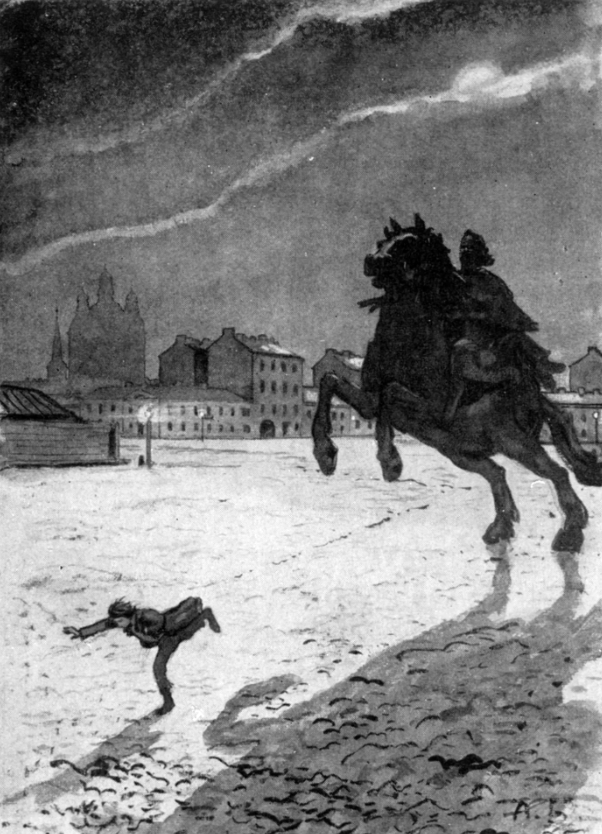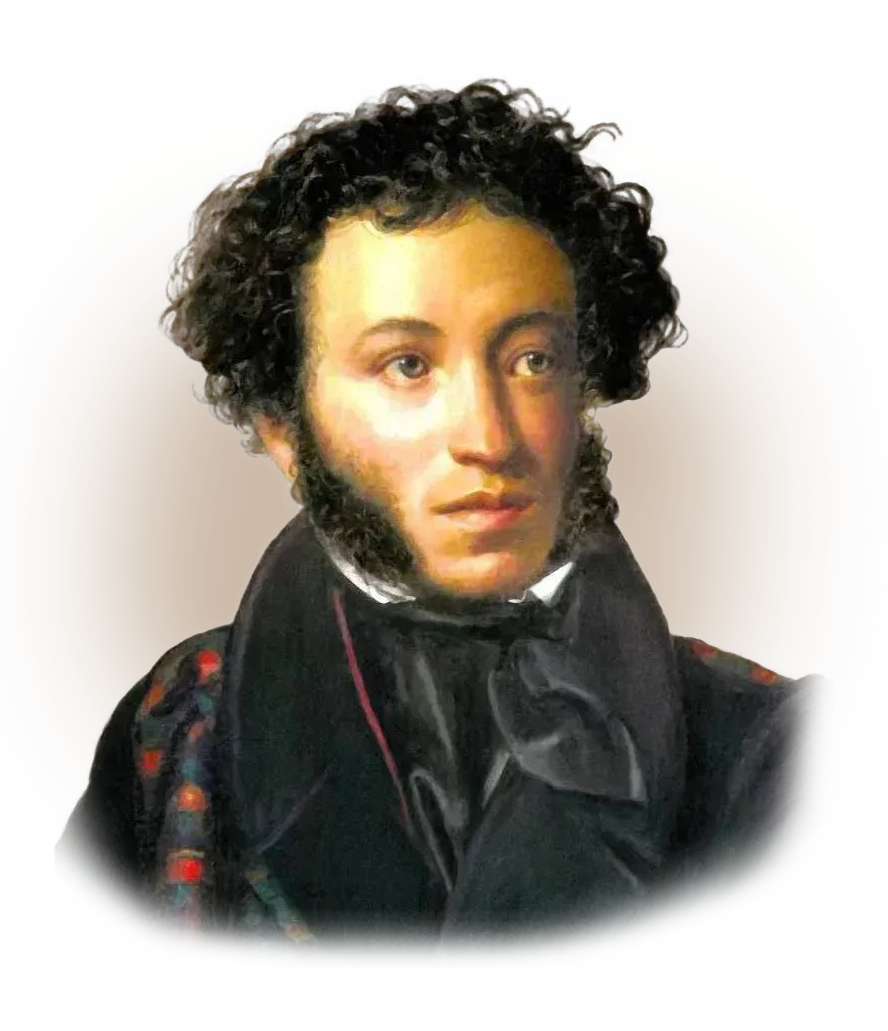
06.01.2023
The poem is based on the real story of the flood that occurred in November 1824 in St. Petersburg. During the flood, Pushkin was in exile in Mikhailovsky, so in the poem he described the events according to eyewitnesses.
The story of the “revived monument” could have been taken by Pushkin from the story of how in 1812 Emperor Alexander I wanted to take the monument to Peter (“The Bronze Horseman”) out of St. Petersburg. But the emperor was stopped by informing about a major’s dream. In his dream, the major saw the “Bronze Horseman” galloping through the streets of St. Petersburg and, approaching the emperor, said to him: “Young man! What have you brought my Russia to! But as long as I’m in place, my city has nothing to fear.” According to another version, Pushkin could have borrowed the idea of a revived monument from Don Juan.
Work on the poem
The poem “The Bronze Horseman” was written in the autumn of 1833 in Boldin after a trip to the Urals in Pugachev’s places. According to the researchers, the work on the poem lasted less than a month – from October 6 to October 31. The white manuscript of the poem ends with the note: “October 31, 1833. Boldino 5 h. 5 <m. in the morning>”. The idea of the “Bronze Horseman” probably originated with Pushkin before his arrival in Boldino. Perhaps some sketches were made in St. Petersburg. The work on the poem cost Pushkin a lot of work. According to researchers, the poet rewrote each verse several times (sometimes up to 10 times) before achieving the ideal form for each of them. “The Bronze Horseman” is one of Pushkin’s shortest poems. In less than 500 verses Pushkin managed to fit Peter’s reflections on the banks of the Neva, and a description of St. Petersburg, and the flood scenes of 1824, and the love story of Eugene, etc.
Censorship of the Emperor

At the end of 1833, after returning from Boldin, Pushkin handed over the “Bronze Horseman” for censorship inspection. As a result, the manuscript was returned to him with many edits. The poet wrote about this in his diary: “… On the 11th I received an invitation from Benckendorf to come to him the next morning. I have arrived. The Bronze Horseman is returned to me with the remarks of the sovereign. The word idol is not missed by the highest censorship; poems: “And in front of the younger capital…” are washed out. (Pushkin’s diary of December 14, 1833) Pushkin believed that his manuscripts were read directly by Emperor Nicholas I. But research has shown that the manuscript of the “Bronze Horseman” was read not by the emperor, but by employees of the Third Department (political police). Of course, there was no formal ban on the poem, but Pushkin rightly regarded the numerous remarks of the “highest censorship” as a ban. In mid-December 1833, Pushkin informed his friend P. V. Nashchokin that the censorship had not missed the poem: “…The censorship did not miss the Bronze Horseman. This is a loss to me …” (December 10th, 1833, A. S. Pushkin – P. V. Nashchokin) After receiving comments from “the highest censorship”, Pushkin tried to make edits to the text of the poem. But the poet did not finish this work and chose not to print the poem.
Publication of the “Introduction” in 1834
During Pushkin’s lifetime, the poem “The Bronze Horseman” was not printed. Only an excerpt from the “Bronze Horseman” – “Introduction” – was published. The excerpt was published in 1834 in the magazine “Library for Reading”.
Publication with Zhukovsky ‘s edits in 1837
Shortly after Pushkin’s death, The Bronze Horseman was first published in full in the magazine Sovremennik in 1837. However, this publication cannot be called full-fledged, because Zhukovsky reworked the text of the poem in accordance with the wishes of censorship. For example, an episode of Eugene’s rebellion against the monument to Peter was cut out of the poem. In this “mutilated” form, the poem was printed until the beginning of the XX century.
Publication of the original in 1919
The original text of the poem without censored edits (although with some inaccuracies) was first published in a separate edition in the “People’s Library” series in 1919.




